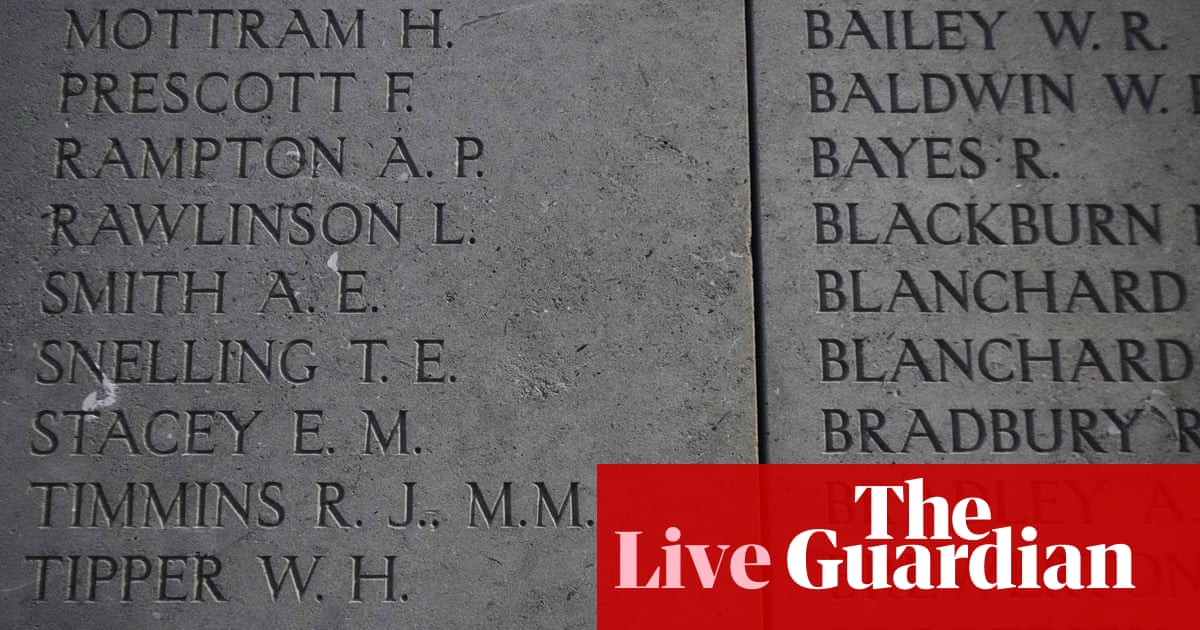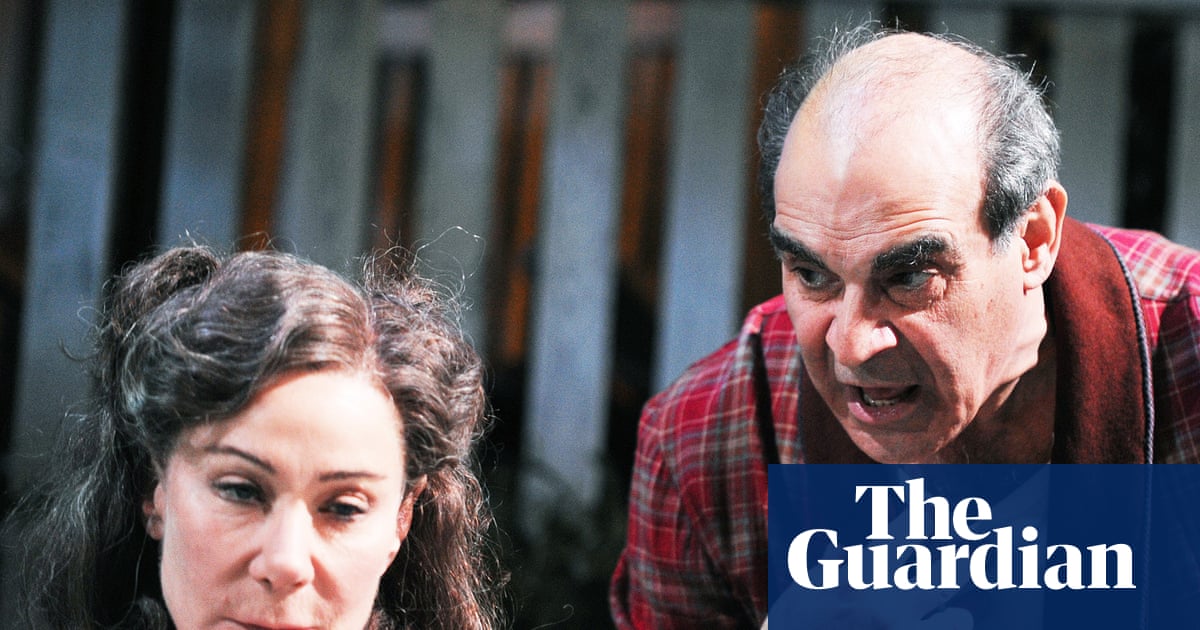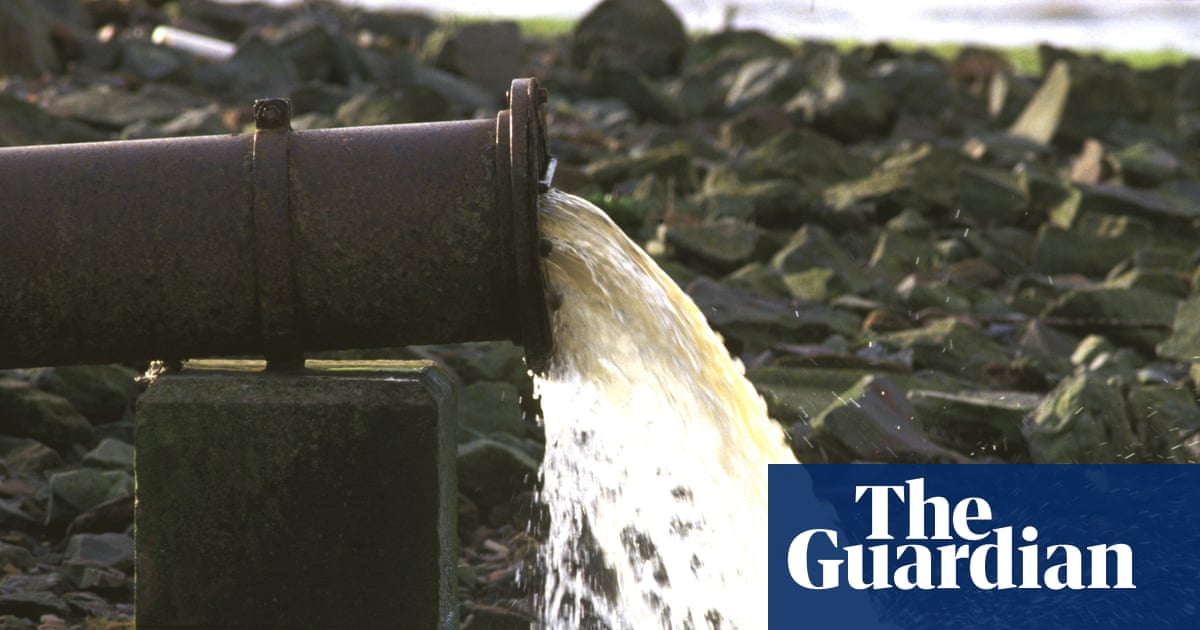A 53-metre white horse cut into a Wiltshire hillside about 350 years ago is to be assessed for damage by heritage experts after red fabric was pinned across it to form a St George’s cross.
English Heritage said the fabric has been removed from the Westbury white horse, which, according to local records, was originally cut in the late 1600s, possibly to commemorate the Battle of Ethandun, thought to have taken place nearby in AD878.
A spokesperson for English Heritage said: “The red fabric which was attached to the Westbury white horse has been removed. We’re now assessing whether any damage – for instance, from pegs – has been caused to this much-loved historic landmark.”
In recent weeks, union jacks and St George’s cross flags have been flown from lamp-posts and motoway bridges. Red crosses have been spray-paintedon to mini-roundabouts and traffic signs after an online campaign.
Some people have celebrated the campaign as an act of patriotism; while others claim the increased number of flags is the result of xenophobia or racism. According to the anti-extremist groups Hope Not Hate and Stand Up to Racism, the apparently spontaneous campaign has in fact been organised by well-known far-right figures.
Despite the fact English Heritage have yet to assess the horse – a scheduled monument – for damage, Wiltshire police said no crime had been committed and no investigation would take place.
A spokesperson for the force said: “We are aware of red material being pinned across the Westbury white horse to form the St George’s Cross. No criminal offences are thought to have been committed and we are not investigating it.”
The Westbury white horse – also known as the Bratton white horse – is a scheduled monument, which means it is protected by legislation making it a criminal offence to damage the landmark.
The horse is positioned on Bratton Camp, the site of an iron age fort built more than 2,000 years ago, while evidence of a stone age long barrow has also been uncovered.
The horse originally had to be scoured to keep it white, with the last recorded scouring taking place in 1853. In the 1950s, it was covered in white-painted concrete but this turned grey and was replaced in 1993.
English Heritage researched methods for cleaning the horse, with a specialist steam cleaning system first used in 2006. The system creates a clean surface, to which environmentally friendly white paint can then be applied.
There have been further cleaning and repainting rounds in 2011, 2016 and 2018.
In 2023, an extensive clean-and-repair work took place. This involved a conservation team abseiling down the near-vertical face of the horse.

 2 months ago
51
2 months ago
51

















































